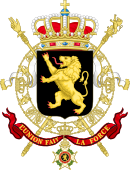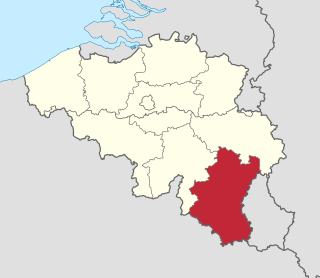
The 1874 United Kingdom general election saw the incumbent Liberals, led by William Ewart Gladstone, lose decisively, even though it won a majority of the votes cast. Benjamin Disraeli's Conservatives won the majority of seats in the House of Commons, largely because they won a number of uncontested seats. It was the first Conservative victory in a general election since 1841. Gladstone's decision to call an election surprised his colleagues, for they were aware of large sectors of discontent in their coalition. For example, the nonconformists were upset with education policies; many working-class people disliked the new trade union laws and the restrictions on drinking. The Conservatives were making gains in the middle-class, Gladstone wanted to abolish the income tax, but failed to carry his own cabinet. The result was a disaster for the Liberals, who went from 387 MPs to only 242. Conservatives jumped from 271 to 350. For the first time the Irish Nationalists gained seats, returning 60. Gladstone himself noted: "We have been swept away in a torrent of gin and beer".

The United States Senate elections of 1924 were elections for the United States Senate which coincided with the election of Republican President Calvin Coolidge to a full term. The strong economy and Coolidge's popularity helped Republican candidates increase their majority by four, although several interim appointments had worsened their numbers since the 1922 election; as a result, the party achieved a net gain of only one seat since the previous voting cycle.

General elections were held in Denmark on 22 November 1966, although in Greenland the elections were held on 6 December 1966. The Social Democratic Party remained the largest in the Folketing, with 69 of the 179 seats. Voter turnout was 88.6% in Denmark proper, 48.8% in the Faroe Islands and 59.0% in Greenland.

General elections were held in Singapore on 23 December 1976. The result was a victory for the People's Action Party, which won all 69 seats, the third of four consecutive elections in which they repeated the feat. Voter turnout was 95.1%, out of 857,297 voters eligible from the 53 contested constituencies.

General elections were held in Kenya on 29 December 1992, the first multi-party elections since independence. The results were marred by allegations of ballot-box stuffing, and targeted ethnic violence in the Rift Valley Province. Human Rights Watch accused several prominent Kenyan politicians, including President Daniel arap Moi and then-VP George Saitoti of inciting and co-ordinating the violence. They were also the first elections to feature a ballot for the post of President, who had, in 1964, been elected by the National Assembly, and, following a 1969 constitutional amendment, been automatically declared winner of non-held popular elections, held alongside parliamentary elections, in 1969, 1974, 1979, 1983, and 1988. Voter turnout was 69.4%.
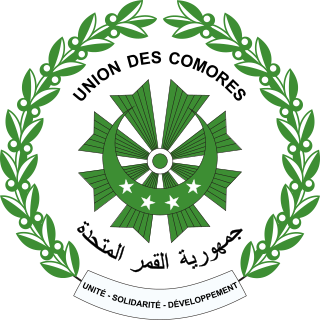
Parliamentary elections were held in the Comoros on 22 November 1992, with a second round on 29 November 1992. Due to electoral irregularities in the initial elections, there were also by-elections in six of the 42 constituencies on 13 and 20 December.
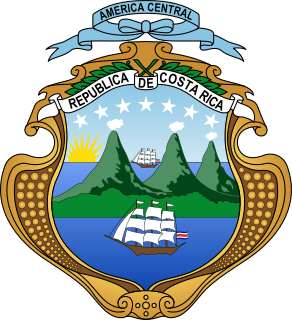
General elections were held in Costa Rica on 1 April 1917. Federico Tinoco Granados had seized power in a military coup in January and was the only candidate in the presidential election. The elections were considered to be fraudulent and although former president Rafael Yglesias Castro received 249 votes in Alajuela, they were recorded as invalid ballots. Voter turnout was reported to be 69.2% in the presidential election and 67.6% in the parliamentary election.
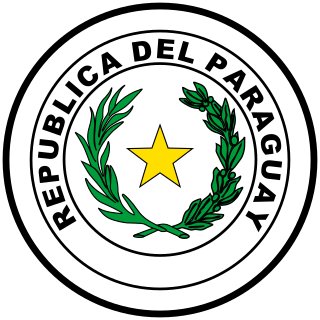
General elections were held in Paraguay on 9 May 1993. In the country's first honest election, as well as the first with no military candidates since 1928, Juan Carlos Wasmosy of the Colorado Party won the presidential election. The Colorado Party remained the largest party in the Chamber of Deputies and the Senate, albeit with only a plurality. The opposition Authentic Radical Liberal Party and National Encounter Party held a majority of the seats in both chambers, later supplemented by the Colorado Reconciliation Movement which broke away from the Colorado Party. Voter turnout was 69.0% in the presidential election, 67.6% in the Chamber elections and 69.4% in the Senate elections.

Partial general elections were held in Belgium on 8 June 1852. In the elections for the Chamber of Representatives the result was a victory for the Liberal Party, who won 57 of the 108 seats. Voter turnout was 69.2%, although only 42,053 people were eligible to vote.

Partial general elections were held in Belgium on 10 June 1890. In the elections for the Chamber of Representatives the result was a victory for the Catholic Party, which won 94 of the 138 seats.

Partial general elections were held in Belgium on 14 June 1859. The result was a victory for the Liberal Party, which won 69 of the 116 seats in the Chamber of Representatives and 31 of the 58 seats in the Senate. Voter turnout was 55.9%, although only 49,672 people were eligible to vote.
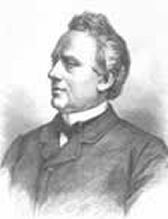
Partial general elections were held in Belgium on 13 June 1882. The result was a victory for the Liberal Party, which won 79 of the 138 seats in the Chamber of Representatives and 37 of the 69 seats in the Senate. Voter turnout was 75.1%, although only 55,517 people were eligible to vote.

Legislative elections were held in Belgium in June and July 1884, for partial Chamber and full Senate elections respectively. Voter turnout was 79.1% in the Chamber of Representatives elections, although only 69,276 people were eligible to vote.

Partial general elections were held in Belgium on 12 June 1888. The result was a victory for the Catholic Party, which won 98 of the 138 seats in the Chamber of Representatives and 47 of the 69 seats in the Senate.
A referendum on disease control was held in Switzerland on 4 May 1913. Voters were asked whether they approved of amending two articles of the constitution, 31 II, lit d and 69, which covered the control of human and animal diseases. It was approved by a majority of voters and cantons.
Three referendums were held in Switzerland during 1900. The first was held on 20 May on a federal law on health, accident and military insurance, and was rejected by 69.8% of voters. The second and third were held on 4 November on introducing proportional representation for National Council elections and the direct election and increase in members of the Federal Council. Both were rejected by a majority of voters and cantons.
Four referendums were held in Switzerland during 1951. The first was held on 25 February on a federal resolution on transport, and was rejected by voters. The second was held on 15 April on a popular initiative to ensure purchasing power and full employment, together with a counterproposal. The counterproposal was approved by 69% of voters, whilst the original proposal was rejected by 88% of voters. The fourth referendum was held on 8 July on forcing public enterprises to make a financial contribution to the national defence budget, and was also rejected by voters.
Four referendums were held in Switzerland during 1954. The first two were held on 20 June on a federal resolution on concessions for shoemakers, saddlers, barbers and wainwrights and a federal resolution on assistance for war-affected Swiss citizens living abroad. Both were rejected by voters. The third was held on 24 October on a federal resolution on financial order between 1955 and 1958, and was approved by 70% of voters. The fourth was held on 5 December on a popular initiative for the "protection of the Stromlandschaft and concession Rheinau", and was rejected by 69% of voters.

Parliamentary elections were held in Colombia on 5 June 1949 to elect the Chamber of Representatives. The result was a victory for the Liberal Party, which won 69 of the 132 seats.

The 1940 United States presidential election in Massachusetts took place on November 5, 1940, as part of the 1940 United States presidential election, which was held throughout all contemporary 48 states. Voters chose seventeen representatives, or electors to the Electoral College, who voted for president and vice president.
